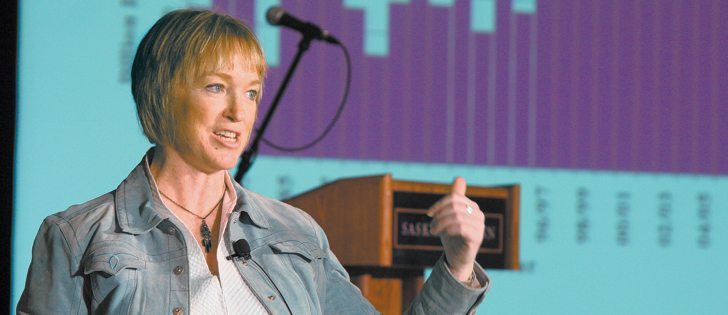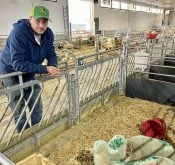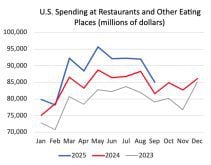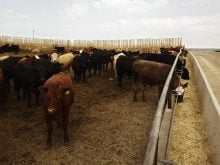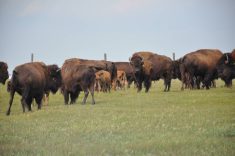When Anne Dunford walks up to a microphone, she flashes a 1,000 watt smile and her audience waits in anticipation for her latest joke before they hear the serious facts about where livestock markets are heading.
Dunford has emerged as Canada’s leading livestock market analyst, a skill she learned at Canfax under the tutelage of some of the industry greats.
Born and raised in British Columbia’s Fraser Valley, where her father, Gordon Souter, was head of the B.C. Artificial Insemination Centre and a keen 4-H supporter, Dunford participated in all that the youth organization had to offer, including honing her public speaking skills.
Read Also
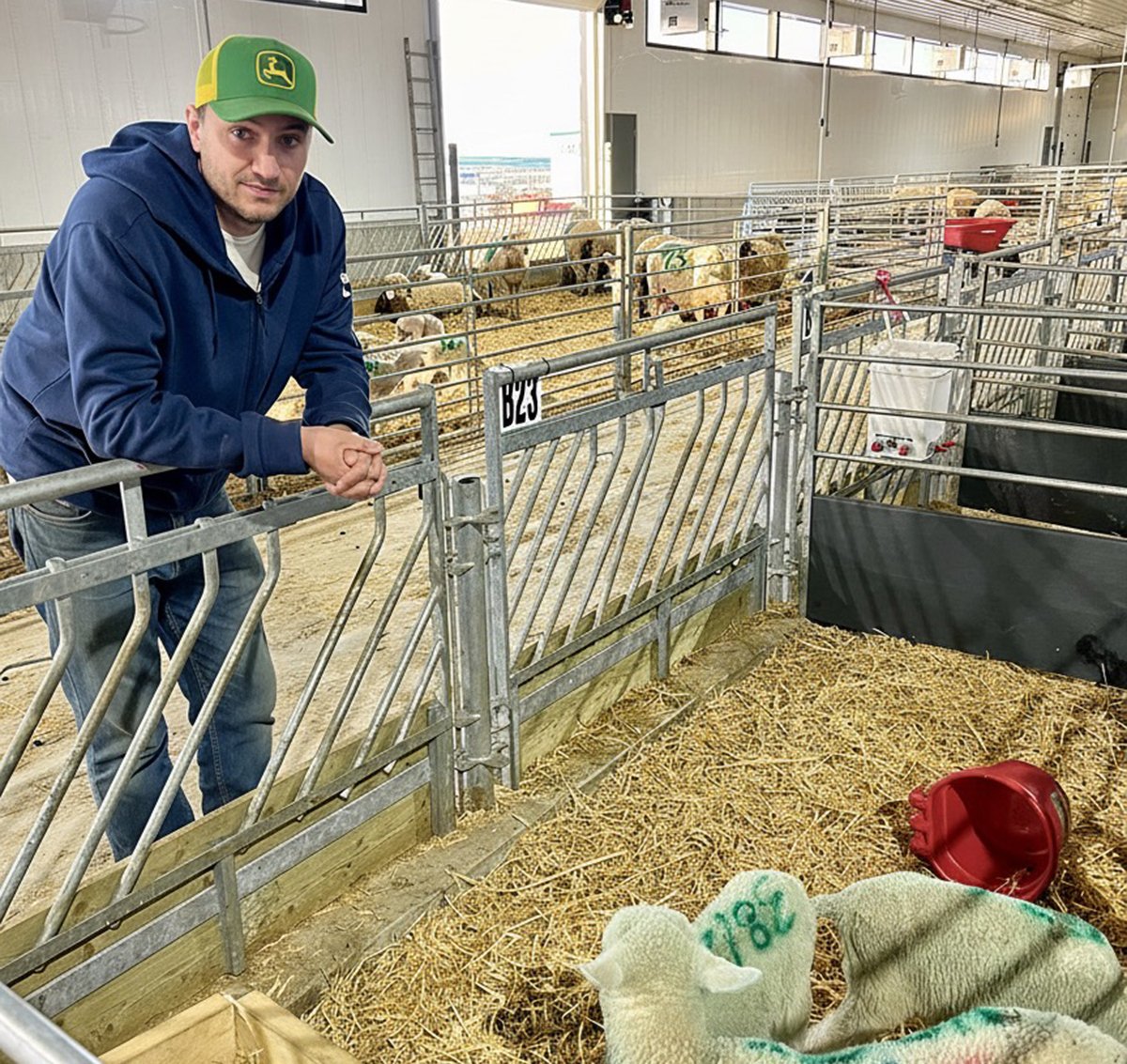
Solar, sheep provide valuable farm diversification
Eric Steeves says raising sheep on forages grown under solar panels provided economic stability and perhaps even saved his family’s fifth generation southern Alberta grain farm.
She enrolled in agricultural and equine studies at Grant MacEwan College in Edmonton and was hired after graduation in 1981 as an office assistant, working with Don Saynor of the Alberta Cattle Feeders Association.
She moved down the hall in 1982 to the Alberta Cattle Commission to work as a market reporter, doing radio and telephone recordings for producers.
The industry was about to make a giant leap forward as feeding and packing businesses moved from Ontario to Alberta.
Alberta fed less than one million cattle a year in the early 1980s, but by 2001 that had increased to 2.5 million. Most feeding took place in central Alberta and few were in the Lethbridge area. Most livestock was sold on the cash market.
“The luxury of my career so far was that I saw the complete growth of the Alberta feedlot industry,” she said.
Three years later Dunford got a job at Canfax, the market analysis arm of the Canadian Cattlemen’s Association, working with people like Chris Mills and Charlie Gracey, who was the organization’s Ottawa based manager. The office moved to Calgary a few years later when Gracey retired.
Mills and Gracey were among her many mentors, even though they didn’t expect her to last.
“I learned everything from everyone,” she said.
“The joke about when they hired me was that they didn’t know what to do. Canfax was losing money and this greenhorn redhead showed up for this job.… I had to learn a lot of lingo but you pick it up pretty quick when you are immersed in it.”
It was a time of limited technology in an old-fashioned business in which deals were sealed with a handshake.
Canfax used mail, teletype and telephones to gather the most up-to-date market information.
A Reuters News Agency ticker tape ran all day with market updates.
“If it ever ran out of ink or paper, it would be a hairy conniption fit,” she said.
Weekly market reports were produced every Friday using a Gestetner.
Installing computers in the office and auction markets was a great advance, but it was far from perfect.
It would take up to four hours to download information during the hectic fall feeder runs, when thousands of animals traded daily.
Dunford still had to work the phones all day, building relationships that continue to this day. She never felt like the rose among the thorns.
“The guys treated me so well, and honestly, it just never hit me that I was operating in a man’s world,” she said.
“My entire career has been about the people. They have been so good to me and they are such good people that I guess I earned some trust.”
She watched livestock association presidents grow into their jobs and become great leaders.
“CCA has had wonderful presidents over the years, like Jim Graham from Brooks and other people who took me under their wing and made sure that everything was going OK,” she said.
“How much some of these guys have given to the industry just blows me away, and I don’t know if the grassroots really understands the time that is put in while they are still trying to run an operation at home.”
Dunford’s public speaking tours started gradually. Her policy was to present the facts and let producers make their own decisions. She provides more analysis today because she has gathered enough experience to see the trends.
Information flow is much faster but it is not always useful.
“You still need somebody to stand back and say, ‘this is what it means.’ There is a lot of misinformation out there too, with things moving so quickly,” she said.
“My job is to make sure it is facts out there.”
In 2007 she decided to leave Canfax for a new career with Gateway Livestock at Taber, Alta., where she continued to analyze the markets and work with clients on risk management. She was general manager and now works on a contract basis from her ranch in southwestern Saskatchewan.
She also made time for volunteer activities, including being a sports mom. Her two boys were active in athletics.
She was a volunteer with the Calgary Stampede for 20 years and most recently became a board member with the Alberta Livestock and Meat Agency in 2010.
She is also a mentor with the Cattlemen’s Young Leaders Development Program, working with Kerry Hyatt, who is keen to learn how markets work.
These days she picks and chooses what she wants to do. There is more time for travel, including a recent agricultural trip to Brazil.
However, her first passion continues to be the markets.
“I love market analysis and I love talking to producers,” she said.
“I love public speaking and spending time on the ranch during the busy periods.”
Her analysis work has changed and she has learned to study global trends, currency and grain markets and appreciate the impacts of volatility on all sectors of the beef business.
Markets are never the same from one day to the next, and it is important to stay connected in a world where trading takes place 24 hours a day.
“They get me excited because they are different every single day,” she said.
As a mentor of young people, Dunford is also excited about the future generation, who she said has better skills to handle risk and manage the new style of business.
“I do think the new generation that takes this whole risk management approach will be better,” she said.
“They get my blood going again.”
It has been a lifetime of change, and she said she is ready to take it on because the people she meets give her energy.
“When you write the story about Anne, it is going to be all about the people and how much they taught me along the way. I hope I can give a little bit back,” she said.
There are no retirement plans.
“I am excited about where I am at, my kids are in a great place and I have a great future on the ranch,” she said.
“I’m just in a good place, so who knows where Anne will show up. I am not leaving the business.”


